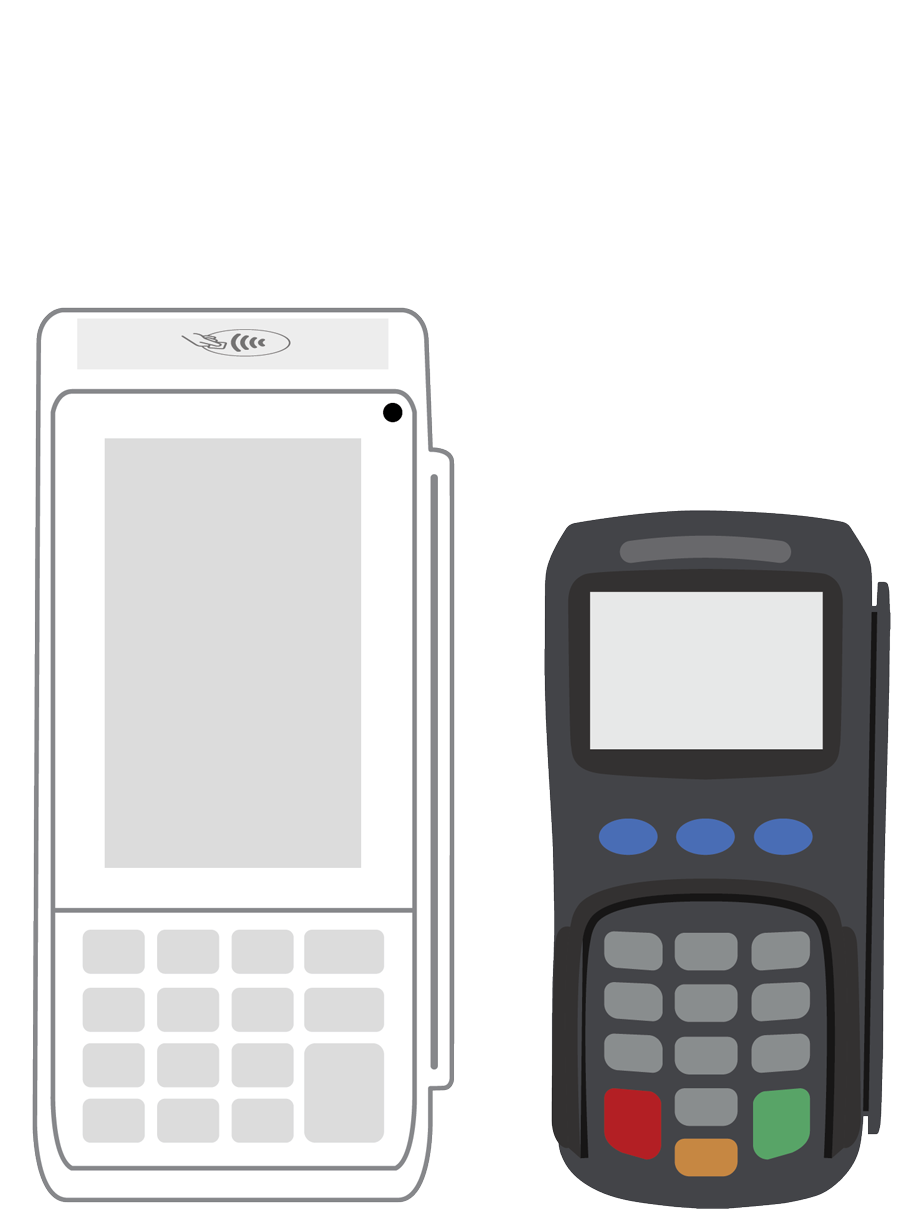6 Social Media Management Tips for Small Businesses

 When used strategically, social media is a powerful business tool. Successful use of social media requires a plan in the same way a business needs a marketing strategy. Social media and traditional marketing plans have some elements in common. Businesses must conduct consumer purchasing and target market research; identify brand strengths and weaknesses; and outline strategies to develop a social media marketing plan.
When used strategically, social media is a powerful business tool. Successful use of social media requires a plan in the same way a business needs a marketing strategy. Social media and traditional marketing plans have some elements in common. Businesses must conduct consumer purchasing and target market research; identify brand strengths and weaknesses; and outline strategies to develop a social media marketing plan.
1. Choose a social media manager. It can be difficult to balance everyday business operations with social media. To ensure that your social media campaign is consistent, it is best to identify someone to be responsible for posting content and responding to feedback on a regular basis.
2. Create branded pages. Decide on the best social media platforms for your business. Facebook, Twitter, and Google+ can be considered mandatory for small businesses. You may also consider Pinterest, LinkedIn, and other platforms depending on the type of business you have, as well as the content you plan to share. All of your social media pages should look like your website. You can achieve this by using the same colors, profile pictures, covers, and contact information across all platforms. Be sure to include links to your pages on your website.
3. Create a planning calendar.This is a great way to commit to maintenance of your social media pages. Your calendar should tell you how often to post, what each post will be about, and your regular posting times. Businesses are usually excited about social media for the first few weeks, but it then fades with momentum and the posts decrease. Creating a calendar with a plan can keep you on track and ensure you meet your social media marketing goals.
4. Post engaging content. Develop share-worthy content for your customers. Address FAQs from your customers in your content to show them you are paying attention. Provide how-to guides and advice and offer discounts and giveaways exclusive to your social media followers and fans. Make the relationship valuable to your customers.
5. Monitor responses and track results. When customers give you feedback, respond whether it is positive or negative. Thank them for their praise and good reviews, and immediately address complaints. It’s also a good idea to use an analytics program to track your customers and their behavior online.
6. Use results to understand your customers.Engage your social media audience. Their feedback can help you to spot areas of weakness and improve them. Customers are happy to tell you what they want, especially if they already have a relationship with you.
We love feedback of any kind from PayAnywhere customers, we value your opinion and want to know what we can do to constantly improve. Whether it is via email, Facebook or Twitter, or the iTunes App Store, we'll take whatever we can get. We want to hear about your experiences in using Pay Anywhere. Remember, if you have any questions, concerns or feedback, we’re just a phone call away. Please call us at 1-877-387-5640 and our U.S service team will be happy to take your call.
 3-in-1 Reader |  Terminal |  Keypad |  PINPad Pro |  Flex |  POS+ | |
|---|---|---|---|---|---|---|
Payment types | ||||||
EMV chip card payments (dip) | ||||||
Contactless payments (tap) | ||||||
Magstripe payments (swipe) | ||||||
PIN debit + EBT | ||||||
Device features | ||||||
Built-in barcode scanner | ||||||
Built-in receipt printer | ||||||
Customer-facing second screen | ||||||
External pinpad | ||||||
Wireless use | ||||||
Network | ||||||
Ethernet connectivity | With dock | |||||
Wifi connectivity | ||||||
4G connectivity | ||||||
Pricing | ||||||
Free Placement | ||||||